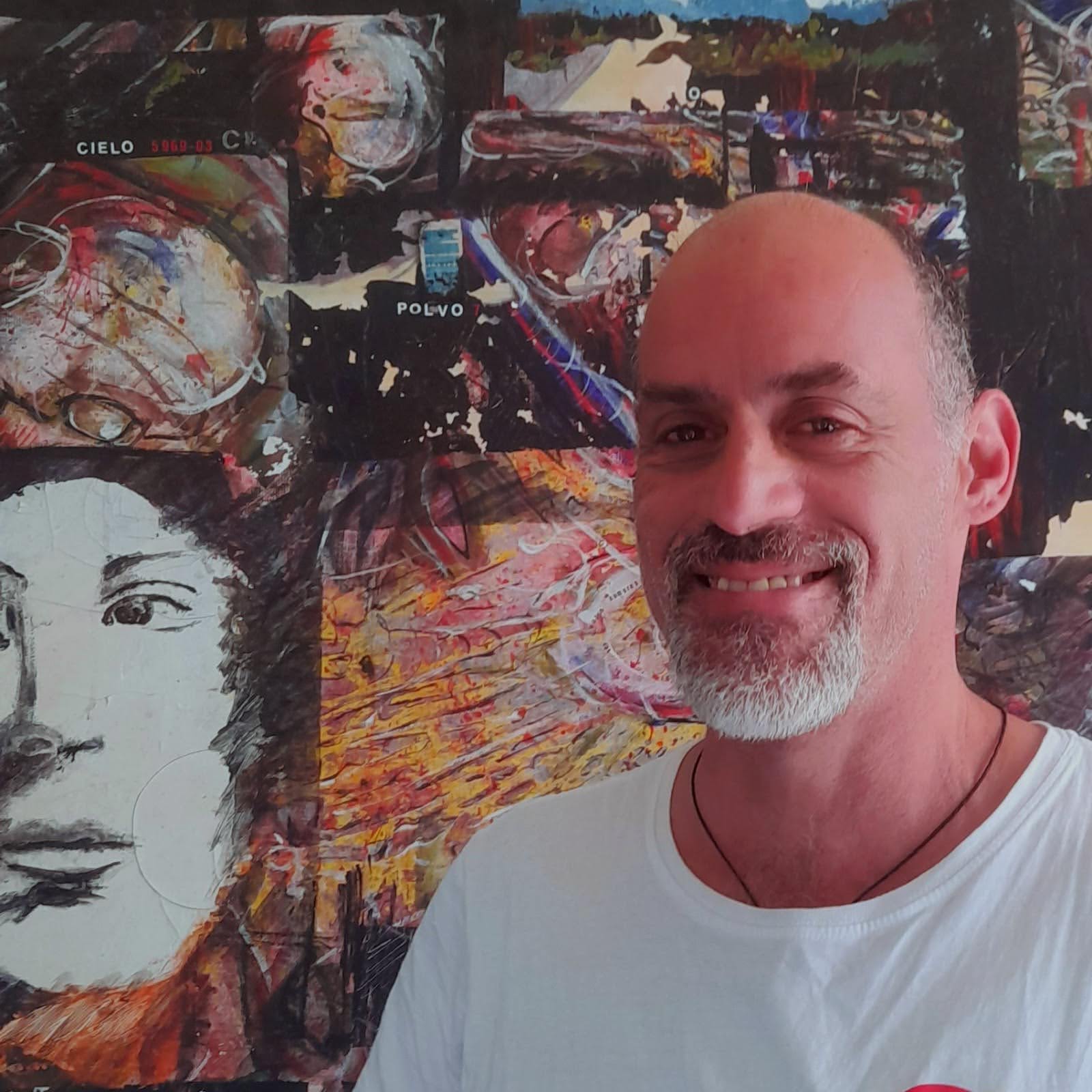We’re excited to introduce you to the always interesting and insightful Sebastian Rojas. We hope you’ll enjoy our conversation with Sebastian below.
Sebastian, appreciate you joining us today. Can you walk us through some of the key steps that allowed you move beyond an idea and actually launch?
Perfecto. Aquí tienes una versión adaptada del texto para el contexto de una entrevista, manteniendo el contenido clave pero con un tono más directo, claro y profesional, ideal para comunicar tu proceso y visión como artista:
—
**My Creative Process**
Since I was a child, I always knew I wanted to study art. I was that kid in class who was always drawing, constantly creating. So when the time came, I followed my passion and chose to pursue a career in the arts—something that isn’t always seen as a secure path, especially by traditional standards or by parents who might prefer more “stable” careers. But for me, what truly matters is believing in yourself and loving what you do.
In any creative field, what sets you apart isn’t just technical skill—being good at drawing, painting, writing, or singing—it’s also about developing a personal voice. That sense of originality is what gives your work meaning and identity.
With this in mind, I approached my artistic career by applying the three fundamental economic questions proposed by Adam Smith: What to produce? How to produce it? And how to distribute it? I translated those into my practice: I decided to create a series of colorful images inspired by my travels and personal biography. I used found objects from urban waste and transformed them through printmaking, working with ink and paper.
I also conducted market research to better understand the art market—its circuits and dynamics—and built a strategy to position my work through participation in open calls, biennials, galleries, and art fairs.
Over time, this has become a long-term project with international scope. I keep it alive through consistent content creation, a well-curated website and social media presence, a monthly production plan for my prints, and continuous participation in competitions and exhibitions. My prints are available online, and the site also serves as a platform for people to connect with my story and my work.
Because this particular body of work is grounded in pop art, I began in Miami, a city with a vibrant pop art scene and strong international exposure. I took reference from Wynwood—the heart of street and urban art—and the Pérez Art Museum Miami (PAMM), which has featured artists like Marisol, Andy Warhol, and other key figures in modern art. Miami became the ideal starting point for introducing my project into the global art conversation.
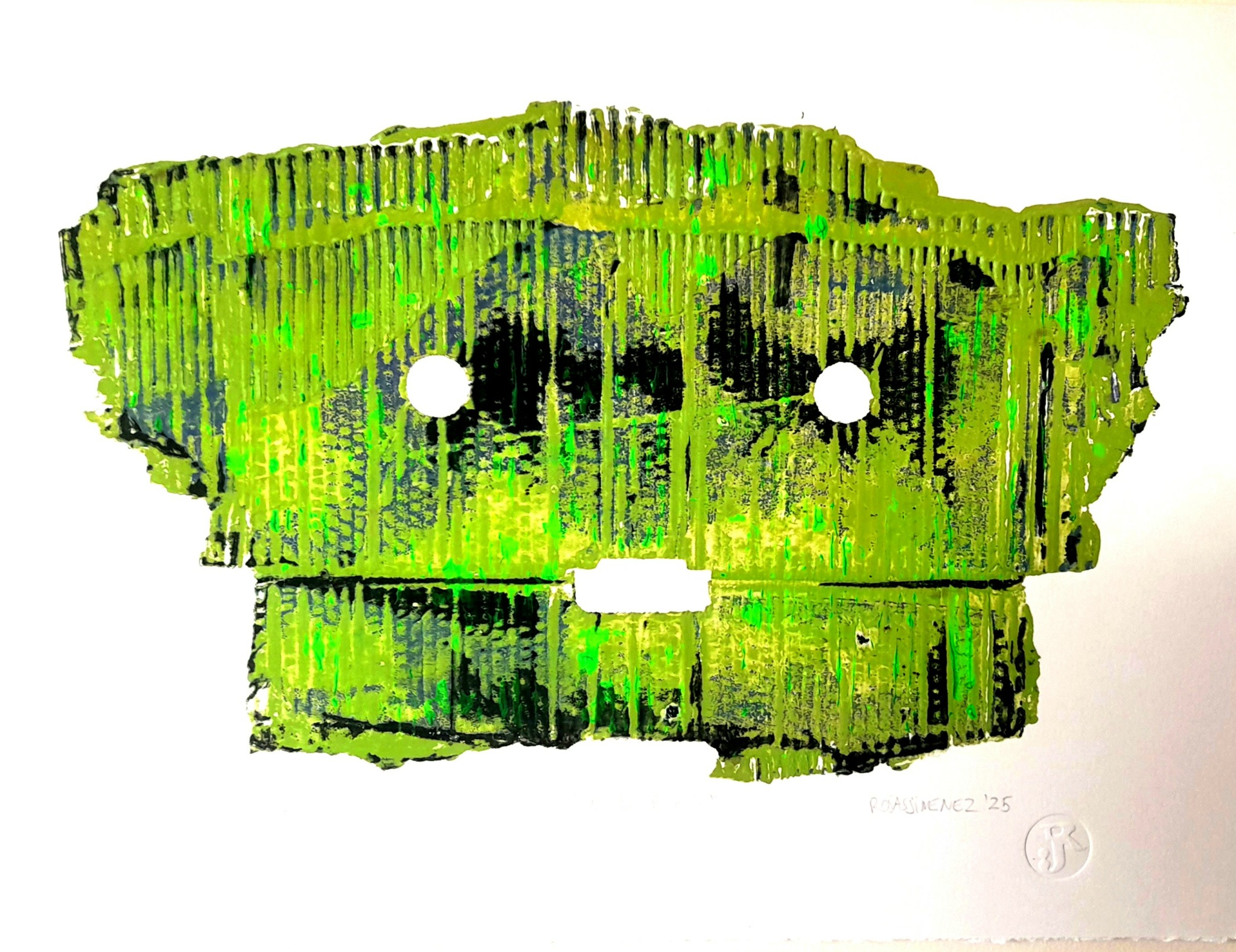
![]()
As always, we appreciate you sharing your insights and we’ve got a few more questions for you, but before we get to all of that can you take a minute to introduce yourself and give our readers some of your back background and context?
I hold a Bachelor of Fine Arts from the Catholic University of Chile, with a specialization in printmaking. With over thirty years of experience and numerous exhibitions in Chile and abroad, my artistic journey is shaped by a unique perspective on street art—blending elements of modernity, pre-Columbian animism, critiques of consumer society and waste, recycling, and pop art. These influences converge in my original, graphic-based work.
I’m an artist, printmaker, and professor. I was born in Santiago de Chile on September 13, 1972, the son of journalists who fled the country in November 1973, along with many others, due to the political crisis triggered by the military dictatorship. My early childhood unfolded across Cologne, Stockholm, Caracas, and eventually Santiago, which I returned to in the mid-1980s. That time—marked by powerful social movements and the thriving underground counterculture leading up to Chile’s return to democracy—deeply influenced my artistic vision.
Later, I moved back to Caracas, where I worked part-time as a photomechanical assistant at J\&C Impresores, a print shop owned by my Chilean uncles in exile. That was my first hands-on experience in the world of graphic arts. Immersed in the Venezuelan-Chilean art scene of the early ’90s, I eventually returned to Santiago and worked for two years at the animation studio Puma Cine Animación. My love for animated films, anime, manga, and both European and North American comics has remained a strong influence in my artistic output.
During that period, I co-organized a series of collective exhibitions with fellow artists. In 1997, I participated in my first major show, representing Chile at the Sixth Biennial of Art in Porto Alegre, Paris, and Santiago. The following year, while traveling between Santiago, Miami, and Montreal, I was selected to exhibit at the Miami Bakehouse Art Complex. This juried collective exhibition of functional art was curated by renowned Czech industrial designer and artist Bohuslav Horak.
Today, I split my time between Valparaíso and Miami, constantly navigating between established art circuits and the often-overlooked corners of the urban landscape. Over the years, my practice has expanded to include visual poetry, experimental film, curatorial work, exhibition direction, and even the publication of my first novel, *Sudamerikan Zombie*. I currently lead the curatorial process at Sala El Peral, a heritage exhibition space in Valparaíso, where we propose a model that combines self-curation with formal curatorial practice, highlighting artistic production driven by community needs for expressive spaces.
Although I work across multiple media, I continue to focus primarily on painting and, above all, printmaking as my main form of artistic expression. My frequent travels, passion for anime, and deep engagement with science fiction literature and artistic camaraderie have shaped a distinctive body of work that flows between printmaking, object art, illustration, and painting. My work is marked by a grotesque yet refined bizarrerie—an aestheticized order full of references to comics, cinema, and fantasy and sci-fi literature. It’s also infused with strong socio-political critique and an irreverent interrogation of eroticism and gender identity. This thematic intensity is expressed through both classical and contemporary printmaking techniques, combining extremes: on one side, technical mastery and precision; on the other, matrices salvaged from urban waste and created in a context of scarcity. This dialectic is central to what I call “scatography” or “graphic emplacement.”
My production model is designed to inspire other artists to pursue a similar path, while targeting a specific client base—namely collectors of modern Latin American art. This venture seeks to position itself within the ¨orange economy¨, contributing to the export of Chilean cultural and artistic production to global markets. Key cultural consumers in this sector include France, the United States, Japan, South Korea, and Germany.
Now I´m working on my PAREIDOLIA eschatographies of the future territory series
Pareidolia: from the Greek eidolon (εἴδωλον): “image or appearance” and the prefix for (παρά): “next to” or “similar to”. Where a simple group of spots can be perceived as a face and even be interpreted as expressing an emotion. It is considered a subcategory of apophenia: a psychological phenomenon of pattern recognition and is directly related to hierophany: the revelation of the sacred through everyday objects.
Pareidolia, alone or combined with apophenia and hierophany, could be the origin of sacred spaces in certain archaeological sites, as well as in some cave paintings.
Eschatography: Printed image that blend the graphics elements with eschatological themes created using matrices found on discarded cardboard or another waste materials from the streets.
This series is a “graphic placement” of the object: “found matrix” that speaks of how the culture of the waste impacts a common territory, of the ethical-aesthetic relationship and of the functionality of the object.
Art here is not intended to be a luxurious social superstructure, but rather a tool to highlight reality. Which means an artist capable of developing his own critical judgment about the society in which he is inserted.
Revealing the invisibility of something as daily visible as street garbage, these basic, totemic and childish faces hidden in the waste, are here today asking us what world we will leave for future generations
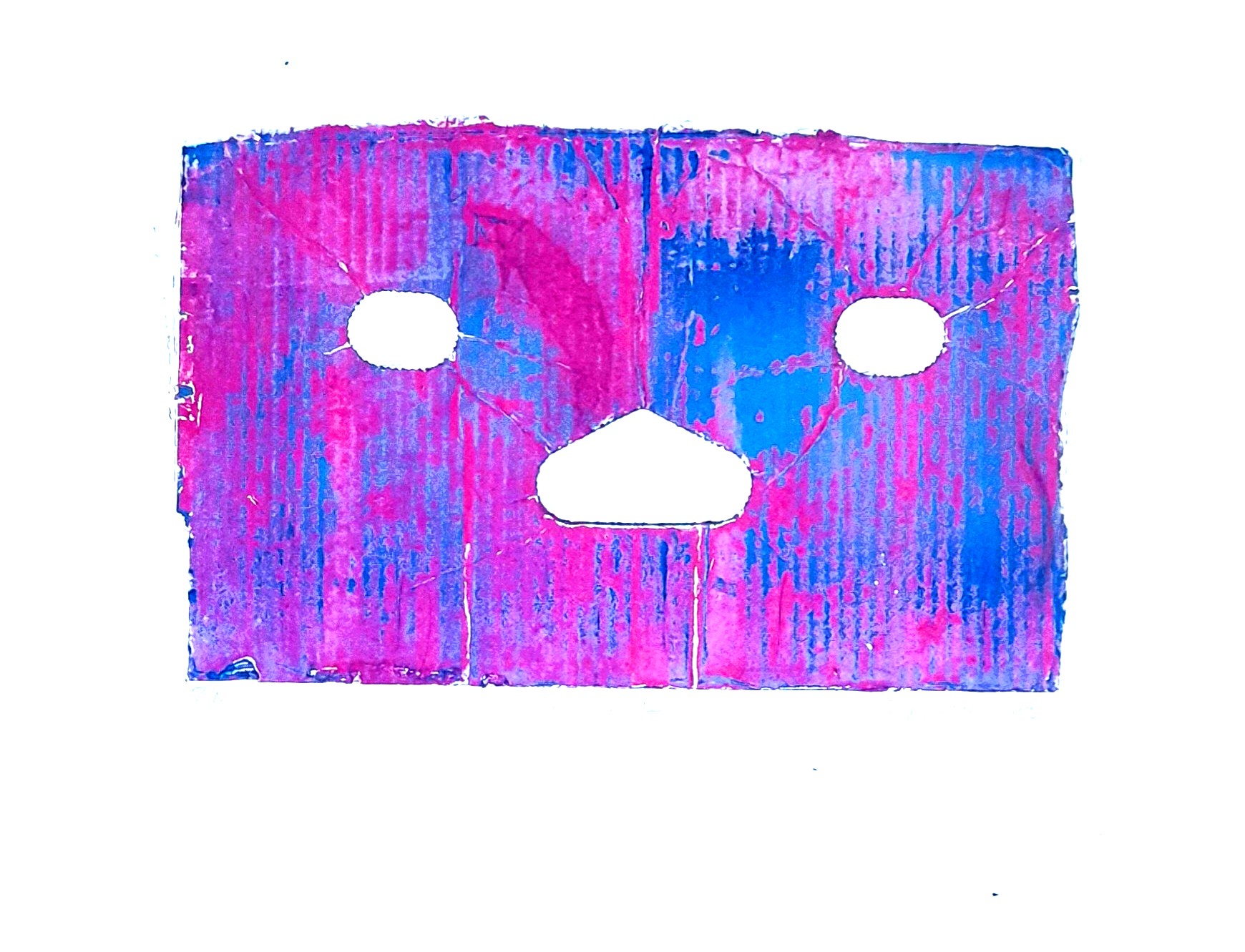
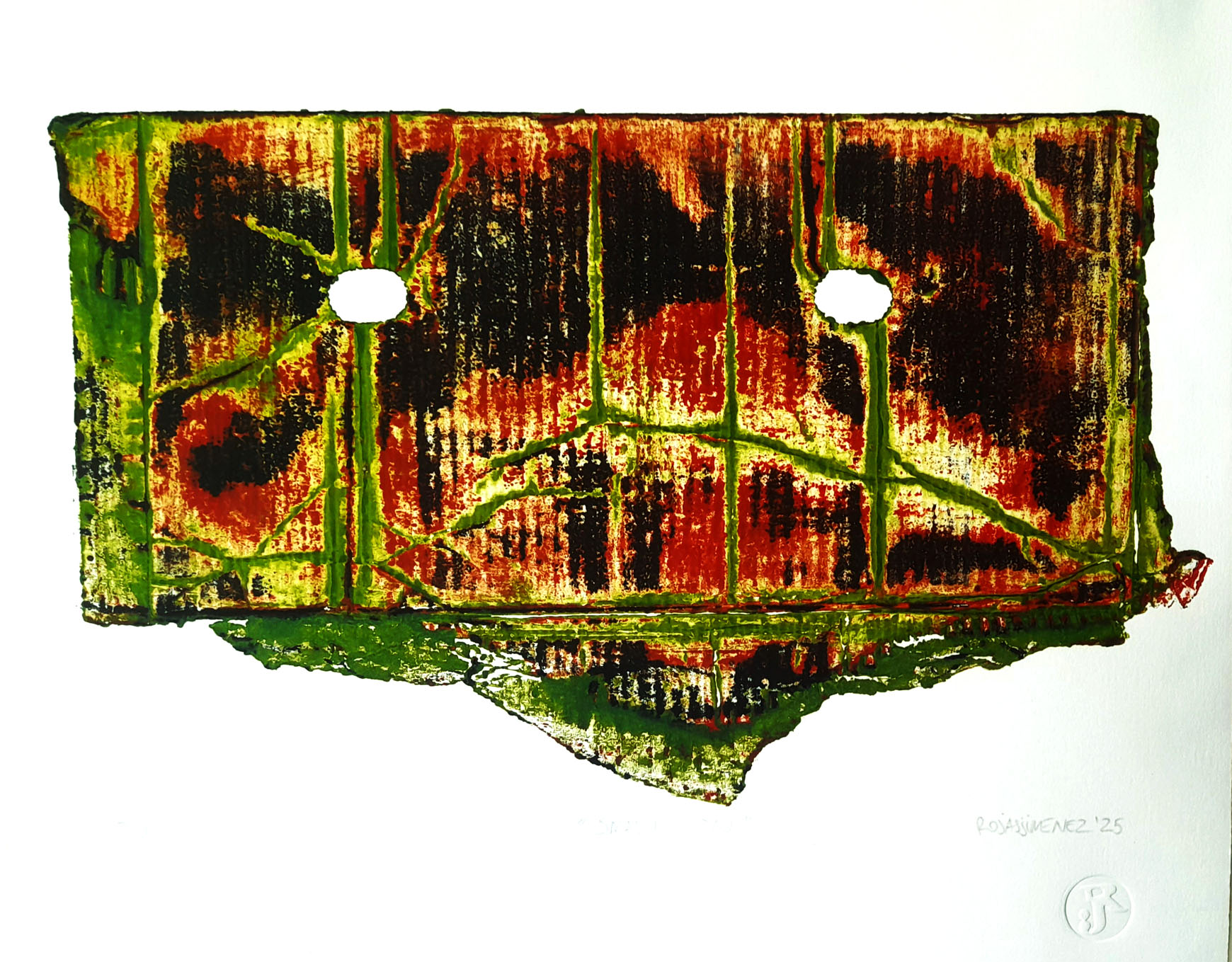
Can you open up about how you funded your business?
My first essential need was to acquire a professional printmaking press. For a printmaker, the press is the heart of the studio—it’s the key piece of equipment that allows you to take your practice seriously. It’s like a baker’s oven. At the same time, my mother had passed away, I had just moved to a new region, and my third child had been born less than a year earlier, so I didn’t have much money available to buy a press. That’s when I decided to apply for a public grant for entrepreneurs, since technically, a printmaking press is a manual machine. I presented printmaking as a reproductive graphic art closely tied to visual storytelling and tourism circuits.
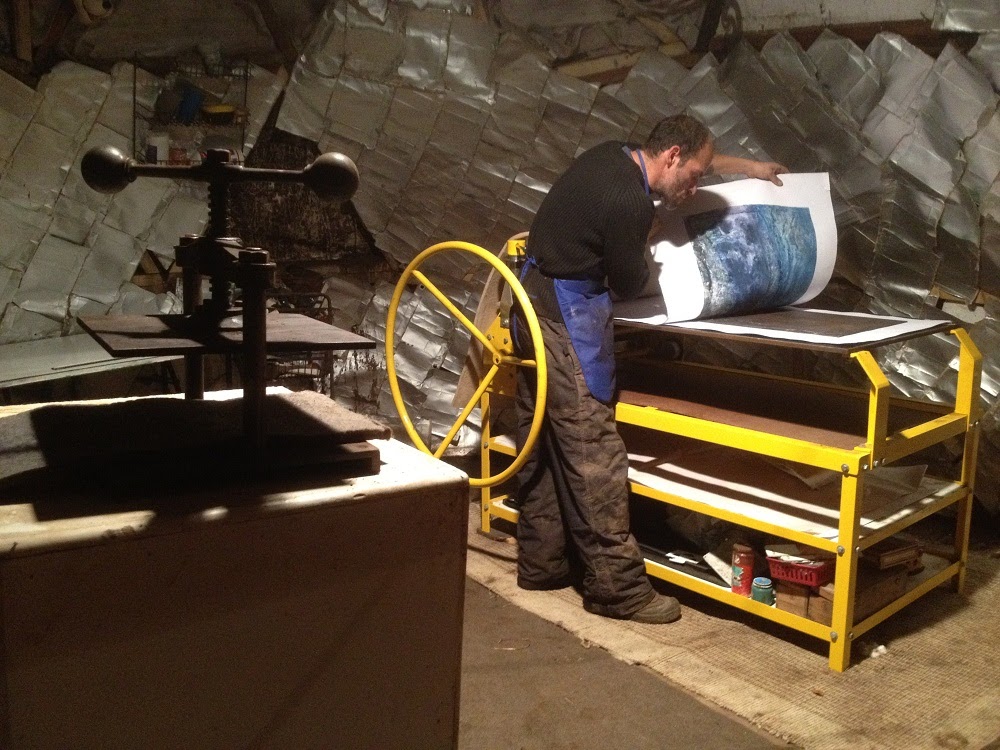
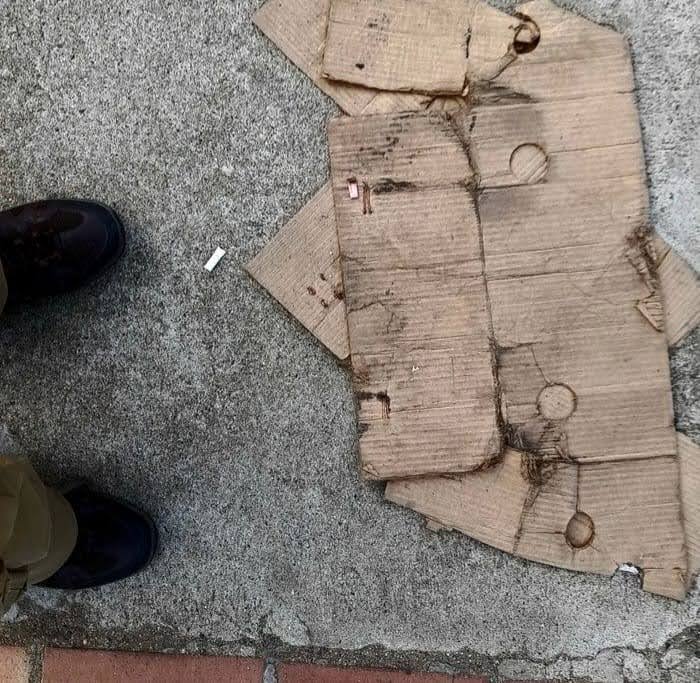
We’d love to hear the story of how you built up your social media audience?
Right now, I’m building my audience day by day, and my goal is to eventually set up my business to run more automatically. Social media has been an incredible tool—it allows me to connect with a wide range of like-minded artistic communities, such as museums, galleries, and potential clients around the world.
One piece of advice I’d offer is the importance of developing a personal brand. That involves a series of practical steps: creating a logo, building a website, taking high-quality photos of your work, organizing your pieces into a sales catalog (including dimensions, technique, materials, and pricing), and setting up a secure remote payment system like PayPal or similar.
To grow your audience, it’s crucial to invest in at least a basic course in digital marketing—this is an ever-evolving field, and staying current is essential. Make sure your website, LinkedIn, Instagram, Facebook, WhatsApp, and email are all interconnected and working together. When it comes to Instagram and Facebook in particular, it’s important to segment your audience well, post content at least twice a day during peak hours, and learn how to use all the selling tools available in their professional dashboards.
Contact Info:
- Website: https://www.rojasjimenezart.com
- Instagram: rojasjimenezart
- Facebook: Arte colectivo
- Linkedin: sebastian Rojas Jimenez
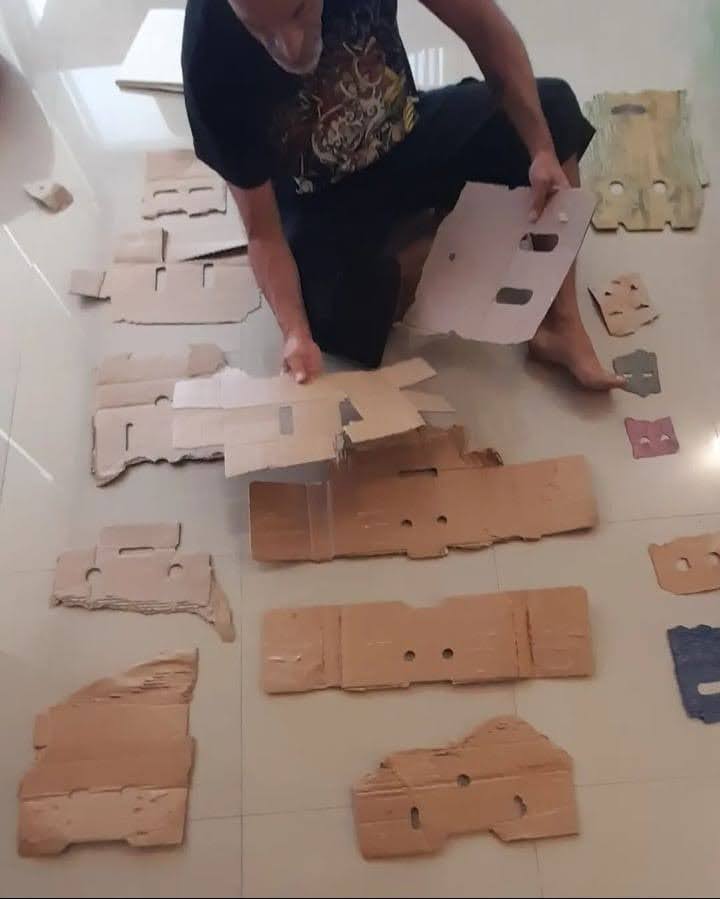
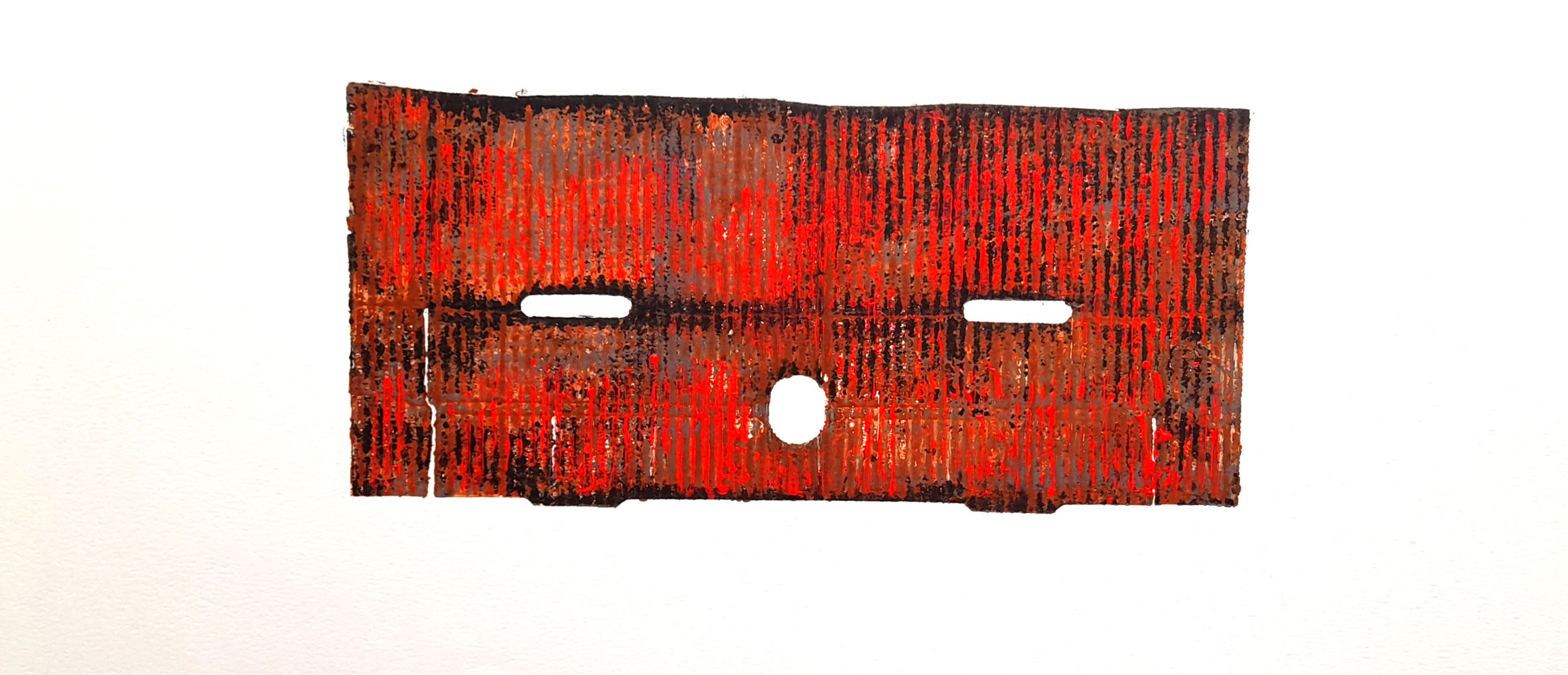
Image Credits
Rojas Jimenez printing in his studio
Clasification of the found matrixs
Found matrix on 40.4167, -3.7083 Madrid España 2023
MR. PIXEL
19.6”x19.6”
Collagraph / roll-up
33°02’42.7″S 71°37’25.2″W
Valparaiso 2023
MRS. PIXEL
19.6”x19.6”
Collagraph / roll-up
33°02’42.7″S 71°37’25.2″W
Valparaiso 2023
MOCHIKA 1
23.6”x 11.8”
Collagraph / roll-up
33°02’37.1″S 71°37’30.6″W
Valparaiso 2023
SMASH YO!
23×19¨
Collagraph / roll-up
33°02’41.3″S 71°36’25.5″W
Valparaiso 2024
WILD ROBOT
23×19¨
Collagraph / roll-up
25.801018, -80.199493
Miami 2024


